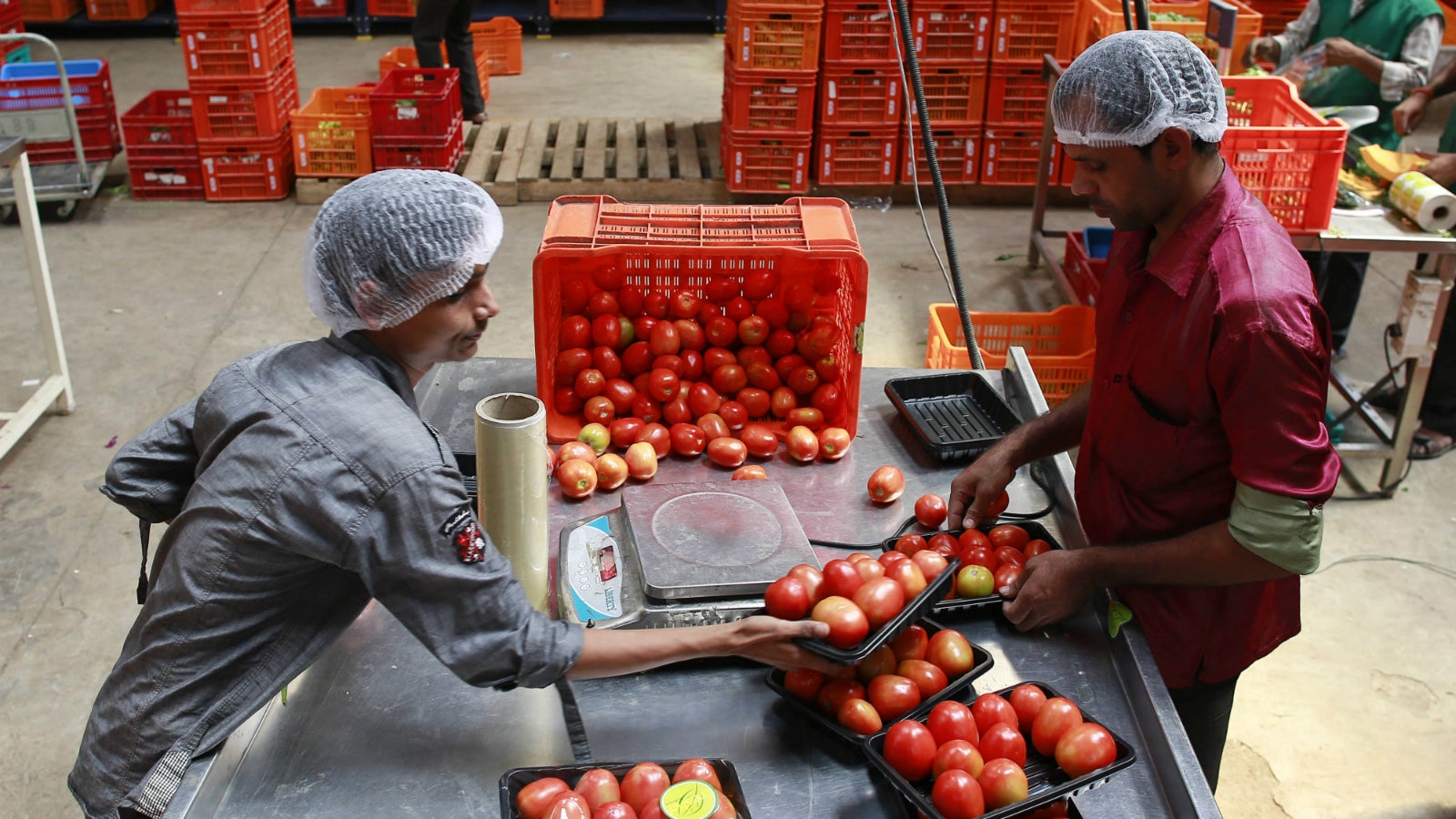PepperTap’s collapse shows everything that is wrong with India’s young internet companies
India’s third-largest grocery delivery service is no more.


India’s third-largest grocery delivery service is no more.
On April 22, PepperTap, a 17-month-old Gurgaon-headquartered startup, said it will shut its grocery delivery operations. Promoters Navneet Singh and Milind Sharma, who had earlier worked together at logistics startup Delhivery, will now focus on expanding PepperTap’s own logistics business.
Founded in November 2014 by Singh, an Indian Institute of Management-Ahmedabad graduate, and Sharma, PepperTap was built to deliver groceries from local stores to neighbourhood customers within two hours. Orders could be placed through the company’s mobile app or website.
The company was backed by marquee venture capital firms, Sequoia Capital and Saif Partners. It had also raised funds from leading e-commerce player Snapdeal. In total, PepperTap has raised $40 million in funding until October 2015.
Like most business-to-consumer (B2C) startups in India, PepperTap was in hyper-growth mode in the first year of its life. By October 2015, the company had expanded business to 17 cities and was delivering an average of 20,000 orders per day. Operating on an inventory-less model, the startup was capital-light.
Despite the “intoxicating” momentum, several things didn’t quite add up, Singh said in a post on YourStory.
There were three main reasons for PepperTap’s collapse: weak technology, hasty expansion, and unfeasible discounting.
Lessons from the collapse
PepperTap lacked the technology to support the rapid growth it had pushed itself towards. ”In the race to pepper the whole country with PepperTap, we had brought too many stores online far too quickly,” Singh said.
Its weak technology backbone meant customers would sometimes not see all the items listed by sellers. To fix this, mom & pop stores that worked with PepperTap needed to adapt to newer technologies—easier said than done. At large supermarkets, data generated by their systems needed to be plugged onto PepperTap’s platform, at least three times a day—another laborious task.
Website crashes and technical glitches are not new at Indian B2C startups. Even India’s largest consumer internet company, Flipkart, has not impressed customers.
Discounts were another problem. ”In a world where everything for sale through an app (think electronics, taxis, food) is synonymous with vastly cheaper prices than physical stores, this exercise often simply resulted in higher outright discounts with every passing week,” Singh confessed.
Deep discounting and its negative effects are not new in the Indian startup ecosystem. Most business-to-consumer internet businesses in India have so far flourished with heavy discounting, with leading firms such as Flipkart and Snapdeal having burnt millions of dollars every month.
Then there is the sin of trying to grow too fast.
“If we were going to stick to our two-hour delivery promise (which was rapidly becoming a key differentiator in the markets for us), we needed to build spare capacity in every one of the 17 cities in which we were present,” Singh said. “Compounded with the necessity for discounts, this meant that the cash we were burning on every single order was increasing rather quickly with no immediate end in sight.”
In February this year, PepperTap scaled back operations in six cities. Even though the move had a “profound” impact—average value of sales increased twice over and retention rate soared 400%—the timeline and path to profitability were still “looking long (very long in fact) and arduous.”
“We were walking (not racing like some other companies) towards the edge of a cliff hoping that things will get better before we reach the abyss,” Singh said.
None of this is new. In recent months, a number of Indians startups, including TinyOwl, Grofers, and Foodpanda, have been forced to streamline operations and pull out of several cities. With raising funds becoming harder, startups increasingly prefer showing profitability in a few centres rather than aimlessly growing in multiple cities.
Groceries gone bad
In any case, India’s online grocery delivery market is an excruciatingly tough one to crack. PepperTap’s closure is just more proof.
In January, Grofers—backed by SoftBank, Sequoia and Tiger Global—pulled out of nine markets, saying ”smaller cities are not ready for hyperlocal business yet.”
India’s $383-billion food & grocery industry—largely run by traditional mom & pop stores, with a smattering of large brick & mortar and online retailers—typically operates on margins ranging between 5% and 10%. For online delivery services such as Grofers and PepperTap, they are even lower.
That’s something industry veterans such as Kishore Biyani, promoter of Mumbai-based Future Group, one of India’s largest retailers, has been looking at for some time now. In an interview to the Business Standard newspaper last year, he explained:
“Now they (e-commerce players) are betting on grocery. Everybody will get into grocery. That is the next big segment left where e-commerce has not already made significant inroads, because it is a tough market to crack… We are enjoying this. The real battle will begin once all of this settles down.”